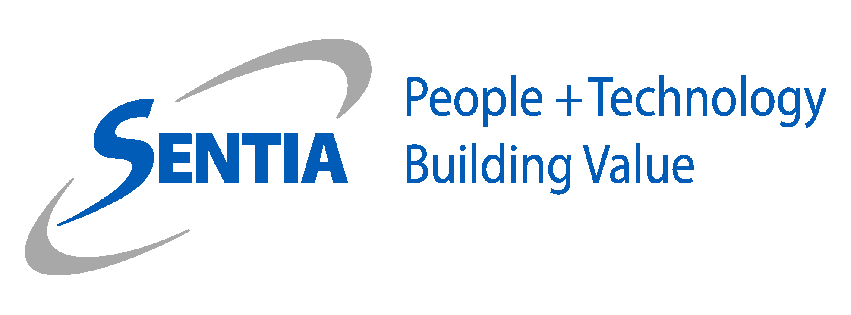Happy New Year!
2015 has arrived and it is time to focus on the upcoming IT Trends that lie ahead. There are many opinions related to what CIOs will focus on in 2015 and what critical challenges they are facing in Enterprise IT. What stands out for me is the evolution of their role within their organizations and their growing contribution to evolving the business and using IT more effectively to gain competitive advantage. The impact of the digital world and the imperative created by customer needs are at the epicenter of organizations that want to be successful in today’s digital world.
So what’s top of mind for CIO’s in planning for 2015?
View this infographic for Canadian CIO survey results about IT transformation
What technology trends are forecasted for 2015?
Gartner identified
the top 10 technology trends that organizations cannot afford to ignore in their strategic planning processes.
These trends fall into
three themes: the merging of the real and virtual worlds, the advent of intelligence everywhere, and the technology impact of the digital business shift.
Two of these trends touch an area of the business I am passionate about and for which I am responsible for on a day-to-day basis –
data and storage.
- Advanced Pervasive and Invisible Analytics
- Software-Defined Applications and Infrastructure
Advanced, Pervasive and Invisible Analytics
I’m interested in Analytics because their usage and important will continue to grow propelled by the Internet of Things (IoT) that creates large pools of data. Analytics are in the process of taking center stage as the volume of data generated by embedded systems increases and vast amounts of structured and unstructured data within and outside the enterprise need to be stored, managed and analyzed. Imagine being able to get insights from your customers before proceeding with a new product improvement, or get your employees’ point of view about projects you are thinking of implementing in your organization?
Another important point to keep in mind is that the volume of data created today is growing at an exponential rate and it becomes obsolete really fast. Organizations will need to find the best way to filter the huge amounts of data coming from new sources such as social media and wearable devices, and then deliver exactly the right information to the right person, at the right time. Gartner predicts that Analytics will become deeply, but invisibly embedded everywhere and that Big Data will remain an important enabler for this trend.
Having access to data is one thing, but using it to drive business innovation is key to making better decisions! The success of your business depends on meeting data challenges with speed, flexibility, and business-grade reliability, while continually improving operational efficiency.
Software-Defined Applications and Infrastructure
Gartner points out that agile programming of everything, from applications to basic infrastructure, will be essential to enable organizations to deliver the flexibility required to make the digital business work.
You can't shift to a software-defined data center overnight, but you can't hold on to old, labor-intensive ways either if you want your organization to continue to exist and grow in a digital world. Old-fashioned approaches will most often lead to inefficient, underutilized infrastructure and diminishes the ability of IT to respond to business needs effectively.
While data sets continue to grow and application requirements get heavier, IT must become more agile and be able to quickly deploy and manage larger and more complex IT infrastructures. At the same time, infrastructure within data centers has become increasingly heterogeneous and complex to manage over the last decade. Many tasks related to deploying a new solution or applications are still done manually, in some cases adding weeks and months to schedules which have become unacceptable to business units. On top of that, IT teams often perform their tasks with little knowledge or understanding of what data center resources are required to get the job done.
Luckily, automation has come a long way and todays tools and solutions are readily available to execute tasks in ways not possible just a short time ago. Software-defined data centers, networking, storage and security are maturing.
In an era that is quickly changing and increased competition, organizations require a smarter infrastructure that's agile, flexible and scalable in order to be prosperous. Intelligent resource scheduling, elastic data scaling, and automation of best practices will become crucial to evolve from static, legacy infrastructure to application-aware infrastructure. Once built, a software-defined environment simplifies business operations, enables businesses to be more responsive to market changes, and maximizes business outcomes.
If you’d like Sentia to guide you in finding the right solution to address your 2015 needs and management challenges, call me at 1-866-610-8489 ext. 313 or
drop me a line.
Carrie Lau, Storage Solutions Architect, Sentia
